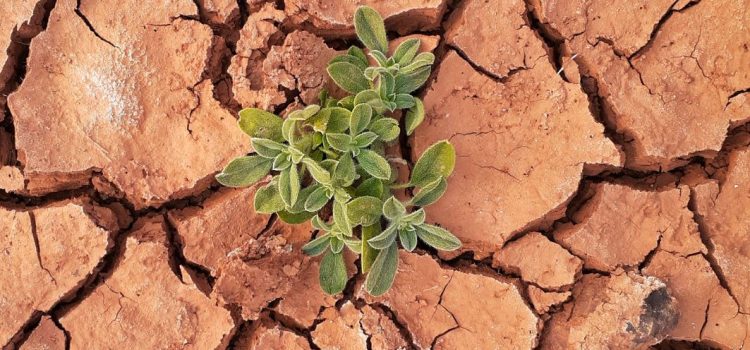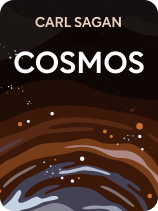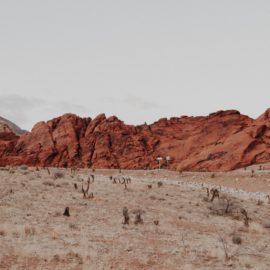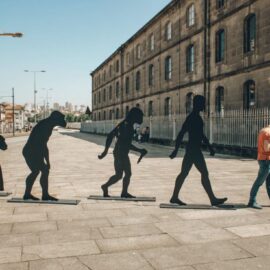

This article is an excerpt from the Shortform book guide to "Cosmos" by Carl Sagan. Shortform has the world's best summaries and analyses of books you should be reading.
Like this article? Sign up for a free trial here .
Are you wondering how life started on Earth? How could a ball of gas and dust create life as we know it?
In his book Cosmos, renowned astronomer Carl Sagan provides a timeline of how life developed on Earth. He also insists that evolution “is a fact, not a theory” because evolution has been observed in real-time.
Here’s how humans came to be on Earth.
The Vastness of Space and Time
Sagan begins the story of how life started on Earth by teaching us that all life is made of carbon-based organic molecules, but there was once a time on Earth without life. How was it possible for life to come from non-life? Let’s look at a timeline of how that process occurred and discuss Sagan’s thoughts on whether the same thing could occur on other planets.
About 4.6 billion years ago, the Earth formed out of condensed gas and dust. The fossil record tells us life arose about 4 billion years ago, meaning that for 600 million years there was no life on Earth. According to Sagan, hydrogen-based molecules that are found throughout space were gradually broken down by the sun’s energy, and they formed into other more complex molecules—from one-celled plants to multicellular organisms. Sagan says that scientists have been able to replicate this on a much smaller scale in the laboratory. Scientists can create organic molecules that may have the potential to evolve into more complex life forms by exposing common inorganic gas molecules to an energy source, such as ultraviolet light. So, Sagan says, we know it’s possible to create living molecules from simple non-living gasses.
| Creating Life from Non-Life The process of life arising from non-living matter is called “abiogenesis.” The question of whether this is possible is still debated among scientists, even though some research has shown evidence that it could be possible. In 2018, scientists were able to create synthetic cell-like structures that have the potential to divide and replicate on their own, essentially becoming “alive.” This research could give clues to what kinds of life might possibly evolve on other planets, as well as raising philosophical questions about what defines “life.” |
About 1 billion years ago, simple plants had evolved. Sagan tells us that for about 3 of the 4 billion years of life on Earth, the dominant life form was blue-green algae that covered the oceans. Those plants gradually changed the atmosphere by generating oxygen, allowing for many types of organisms to arise and others to die off. The process of evolution by natural selection gradually shaped these simple organisms into all of the life forms we know today.
About 10 million years ago, early hominids appeared, according to Sagan, with modern humans emerging only about 300,000 years ago. This means humans have existed for approximately .007% of the Earth’s history.
| Evolution Is a Fact Although it’s still a topic debated between science and religion, Sagan says evolution “is a fact, not a theory.” In fact, with species that have very short lifespans, evolution by natural selection is observable in real time. For example, one of the early experiments that gave credibility to the theory, the case of the peppered moth, has been confirmed by modern science. During the Industrial Revolution, scientists noticed that the normally pale-colored moth had turned darker to camouflage itself against soot-covered surfaces. This was a result of the individuals who were darker in color surviving predators and passing on the more melanated pigment to their offspring. Over generations, the peppered moth as a species had darkened. Later, after clean-air policies had been put into place and the soot began to subside, the peppered moths began turning lighter in color again, to match the lichen on the trees they live on. |

———End of Preview———
Like what you just read? Read the rest of the world's best book summary and analysis of Carl Sagan's "Cosmos" at Shortform .
Here's what you'll find in our full Cosmos summary :
- Carl Sagan's insights into some of the universe's biggest questions
- The history of astronomical discovery, from ancient Ionia to 1980
- Why humans will need “multigenerational” spacecrafts to explore space






